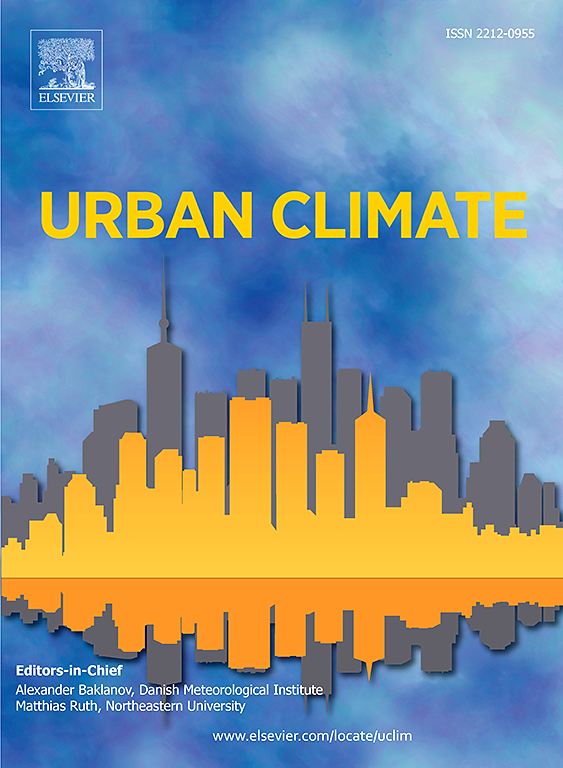Understanding the origins of urban particulate matter pollution based on high-density vehicle-based sensor monitoring and big data analysis
IF 6
2区 工程技术
Q1 ENVIRONMENTAL SCIENCES
引用次数: 0
Abstract
This study presents an innovative method for air quality monitoring and identifying pollution sources in Rizhao, a coastal city in northern China, by deploying a network of low-cost sensors mounted on 102 taxis. Over a one-year period, we collected a set of high-resolution PM10 and PM2.5 data. Using big data analysis, including downwind-calm wind analysis, hotspot detection, and time-series clustering analysis, we traced the pollution back to the urban origins of pollutant. Our extensive study uncovered significant spatial and seasonal variations in PM10 and PM2.5 concentrations, pinpointing substantial PM10 emissions from steel plants and a notable influence of industrial activities on ambient PM2.5 concentrations. Through the application of bivariate polar plots and hotspot mapping, we linked major particulate matter sources to industrial activities especially steel plant emissions, and road traffic, which significantly elevated the particulate matter levels in residential and industrial zones. Our time-series clustering analysis further distinguishes traffic and industrial activities as key contributors to particulate matter pollution. This study advances the application of low-cost sensor technologies in urban air quality management and offers a detailed insight into the pollution sources and their diverse impacts on particulate matter levels in urban settings.

基于高密度车载传感器监测和大数据分析,了解城市颗粒物污染源头
本研究提出了一种创新的方法,通过在102辆出租车上部署低成本传感器网络,对中国北方沿海城市日照市的空气质量进行监测和识别污染源。在一年的时间里,我们收集了一组高分辨率的PM10和PM2.5数据。利用顺风-风平浪静风分析、热点检测、时间序列聚类分析等大数据分析,将污染溯源至污染物的城市源头。我们的广泛研究揭示了PM10和PM2.5浓度的显著空间和季节变化,确定了钢铁厂大量的PM10排放以及工业活动对环境PM2.5浓度的显著影响。通过双变量极坐标图和热点图的应用,我们将主要颗粒物来源与工业活动(特别是钢铁厂排放)和道路交通联系起来,这些活动显著提高了住宅区和工业区的颗粒物水平。我们的时间序列聚类分析进一步区分了交通和工业活动是颗粒物污染的主要贡献者。本研究推进了低成本传感器技术在城市空气质量管理中的应用,并对城市环境中的污染源及其对颗粒物水平的不同影响提供了详细的见解。
本文章由计算机程序翻译,如有差异,请以英文原文为准。
求助全文
约1分钟内获得全文
求助全文
来源期刊

Urban Climate
Social Sciences-Urban Studies
CiteScore
9.70
自引率
9.40%
发文量
286
期刊介绍:
Urban Climate serves the scientific and decision making communities with the publication of research on theory, science and applications relevant to understanding urban climatic conditions and change in relation to their geography and to demographic, socioeconomic, institutional, technological and environmental dynamics and global change. Targeted towards both disciplinary and interdisciplinary audiences, this journal publishes original research papers, comprehensive review articles, book reviews, and short communications on topics including, but not limited to, the following:
Urban meteorology and climate[...]
Urban environmental pollution[...]
Adaptation to global change[...]
Urban economic and social issues[...]
Research Approaches[...]
 求助内容:
求助内容: 应助结果提醒方式:
应助结果提醒方式:


